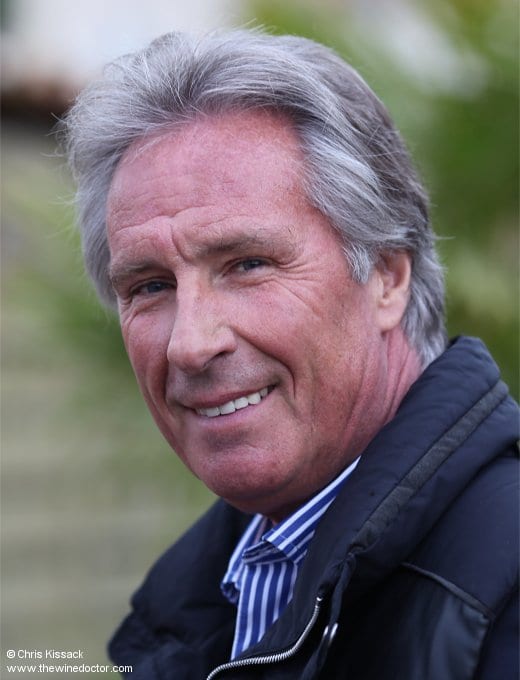Château Pavie
The story of Château Pavie has been one of decline and rebirth. In this it is not, of course, unique; we could argue that the story of all Bordeaux during the 20th century followed this exact same pattern. Few, however, have accelerated forth in the manner that Château Pavie has. Two or three decades ago the estate was one of many in St Emilion which got by turning out wines that were pretty enough, although they perhaps did not appeal to those who look for power and texture in their glass. These extra ingredients would only come when the property changed hands, in 1998. This was when Gérard Perse arrived.
Gérard Perse (pictured) was a supermarket magnate who, having made good in the world of groceries, sold up and moved to Bordeaux, buying several notable vineyards in the process. Château Pavie was surely the grandest of his acquisitions, and the one on which he appears to have focused most. It is not exaggerating to say the estate has been reborn, the vineyard expanded and replanted, the château itself razed to the ground and rebuilt, a palace of glitz and gilt. And the style of wine shifted in parallel; the genteel wines of yesterday’s Pavie are no more, having been replaced by wines rich in colour, texture, extract and muscle. The flavours are those of extreme ripeness, supported by layers of tannin and alcohol. The wines of the new Château Pavie were, and still are, controversial (although with a ‘winding back’ in recent years, this is perhaps less true than it once was). Even so, I am confident that while some will love these wines, there are some who will despise them.

